
WhatsApp security flaw exposed 3.5B phone numbers – inc yours
Update, 7:11 p.m. ET: A Meta representative reached out to 9to5Mac and provided the following statement: “We are grateful to...Ben Lovejoy (9to5Mac)
This is insane and worth reading
blog.zakkemble.net/hyperoptic-…

Hyperoptic: IPv6 and Out-of-Order Packets
Troubleshooting Hyperoptic IPv6, covering suppressed router advertisement responses and MAC-related out-of-order packet issues.Zak Kemble (Zak's Electronics Blog)
všetky nikotinové výrobky ktoré som mal doma a nepoužíval (ako liquidy, iqos, iné liquidy, e-cigarety, rôzne nástavce atď) podotýkam nepoužíval mali hodnotu ~80€ a to podľa mňa nie je normálne
edit: ráno kašlem a neznie to veľmi sexy to preto, v podstate sa dá kašľať zo všetkého len to inak znie tabak/iqos/e-cig/liquidy
They're an accessibility feature!
funjp.com/blog/2024/3/31/birds…
Birds Chirping Sounds at Train Stations .
I've been asked several times about why are there those birds chirping sounds at train stations here in Japan . The reason is the same as why you see those yellow blocks on the ground at train stations and on walkways in Japan .Cristiano Missao Uyeno (funjp)
it's complicated :(
Up until a couple months ago there wasn't even such a thing as encrypted RCS. What Google's been doing for several years now is having Google Messages do its own encryption that had nothing to do with RCS, but then sending the encrypted text over the RCS connection.
Then when Apple was forced (by China) to add support for RCS, they said they'd only support exactly what was in the RCS spec, so no encryption. Subsequently the RCS people have added TLS encryption to the spec and Google has slowly begun rolling out it in Google Messages, but Apple has not yet implemented the new encrypted version, despite participating in its specification process.
feld likes this.
Another notable feature merged in the GNOME Calendar live coding session today: the ability to export an entire calendar as an .ics file.
This was originally added to the wishlist 10 years ago: gitlab.gnome.org/GNOME/gnome-c…
Thanks to @FineFindus's dedication towards implementing this (alongside the individual event .ics export feature) this year, you will be able to use this feature in #GNOME 50 (or the nightly flatpak version of Calendar today): gitlab.gnome.org/GNOME/gnome-c…
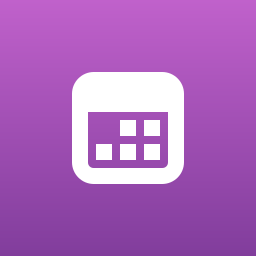
Allow exporting an entire calendar as a file (#31) · Issues · GNOME / gnome-calendar · GitLab
Originally reported by Tin Man on 2015-10-26 in Bugzilla bug (#757125): For backup purposes, it would nice...GitLab
reshared this
Today I am stepping down from my role as the CEO of #Mastodon. Though this has been in the works for a while, I can't say I've fully processed how I feel about it. There is a bittersweet part to it, and I think I will miss it, but it also felt necessary. It feels like a goodbye, but it isn't—I intend to stay on and continue to advise the new leadership and contribute, because Mastodon—and the fediverse—is one of the very few beacons of hope for a better web.
blog.joinmastodon.org/2025/11/…
My next chapter with Mastodon
Reflections on my time leading Mastodon and what's to come next.Mastodon Blog
Buried in this nicely-detailed RCA is a pretty damning fact:
Cloudflare left .unwrap() in mission-critical Rust code.
For non-Rustaceans, .unwrap() handles a type called Result that can either be Ok with a value, or an Err with an Error. The whole point is to gracefully handle errors and not let panics make it to production code.
I use .unwrap() sometimes! Usually when there's a logical guarantee that the result can never be an error. But I make sure to purge it from critical processes for exactly this reason.
blog.cloudflare.com/18-novembe…
Cloudflare outage on November 18, 2025
Cloudflare suffered a service outage on November 18, 2025. The outage was triggered by a bug in generation logic for a Bot Management feature file causing many Cloudflare services to be affected.The Cloudflare Blog
reshared this
There was a time where you could simply put some html-Files into some directory which would directly be served to the Internet... like magic!
😎 AN HOMAGE TO 90s ~/PUBLIC_HTML HOSTING
Remember when the web was FUN?! 🌈
Should I brag about the fact we don't have any AI usage in the KDE Developer documentation?
It's all done by real people.
#KDE
Peter Vágner likes this.
reshared this
Yoooo GNOME Settings has removed the X11 backend!!!
gitlab.gnome.org/GNOME/gnome-c…

Remove x11 backend (!3269) · Merge requests · GNOME / Settings · GitLab
With GNOME 50 we will no longer be supporting an x11 session, so remove all the leftover code. SeeGitLab

Object_inSpace - Twitch
Gaming while blind is the highest difficulty. I like challenging experiences with intense naratives. Like The Last Of Us, or Alt Frequencies!Specs: I5-13600K, RX 3050, 16GB DDR4, Keycron K4 keyboard, PS5 controller and Madcats fightstick.Twitch
Vanadium version 142.0.7444.171.0 released
Changes in version 142.0.7444.171.0:
- update to Chromium 142.0.7444.171
A full list of changes from the previous release (version 142.0.7444.158.0) is available through the Git commit log between the releases.
This update is available to GrapheneOS users via our app repository and will also be bundled into the next OS release. Vanadium isn't yet officially available for users outside GrapheneOS, although we plan to do that eventually. It won't be able to provide the WebView outside GrapheneOS and will have missing hardening and other features.

Comparing 142.0.7444.158.0...142.0.7444.158.0 · GrapheneOS/Vanadium
Privacy and security enhanced releases of Chromium for GrapheneOS. Vanadium provides the WebView and standard user-facing browser on GrapheneOS. It depends on hardening in other GrapheneOS reposito...GitHub
“Open source has proven itself to be a winning strategy — not recently, but for decades.” — Adriana Groh, Sovereign Tech Agency CEO.
The Final Straw: Why Companies Replace Once-Beloved Technology Brands
What causes a business to abandon hardware, software, or tools it once relied on? Enumerating the common reasons helps you recognize when it’s time to move on.
functionize.com/blog/the-final…

The Final Straw: Why Companies Replace Once-Beloved Technology Brands
Discover the reasons companies abandon once-favored technology brands.Esther Schindler (Functionize Inc.)

thunderbird/thunderbird-android
Thunderbird for Android – Open Source Email App for Android (fka K-9 Mail) - thunderbird/thunderbird-androidGitHub
In 2007 I did a talk about #curl at the FSCONS conference. The video is lost in time but today I realized that FSF Europe is still hosting the torrent file.
Not too many seeders of that content left though... 😎
the original .ogg seems to be lost media, but i have an idea on how you may be able to retrieve it:
- go to studio.youtube.com
- find that specific video, open the details page
- there should be an “original file” field where you can re-download exactly what you uploaded
if it’s the same ogg as in the torrent, can you seed it for a bit? I already added it to my client and i’ll seed it indefinitely (if I ever receive the file)
look up: US Patent 10,249,217. US Patent 10,163,367. US Patent 9,812,033.
miki reshared this.
Cadence put this other video out where they use it. Pin sounds and usage is heard on their video, but I think a bit louder than usually with their microphone closeness to display: youtube.com/watch?v=LQgPhYU2N-…
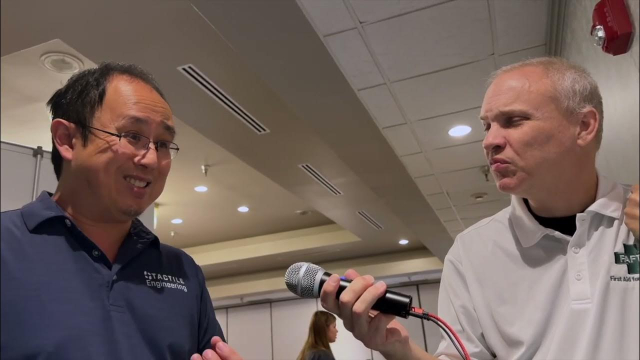
Cadence Braille Display
In this episode of Double Tap, Steven Scott and Shaun Preece speak with Brian Clark and Wunji Lau, the Director of Marketing from Tactile Engineering, about ...YouTube
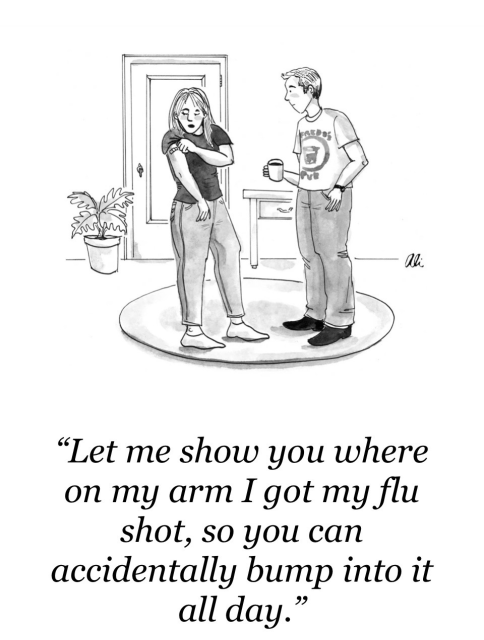

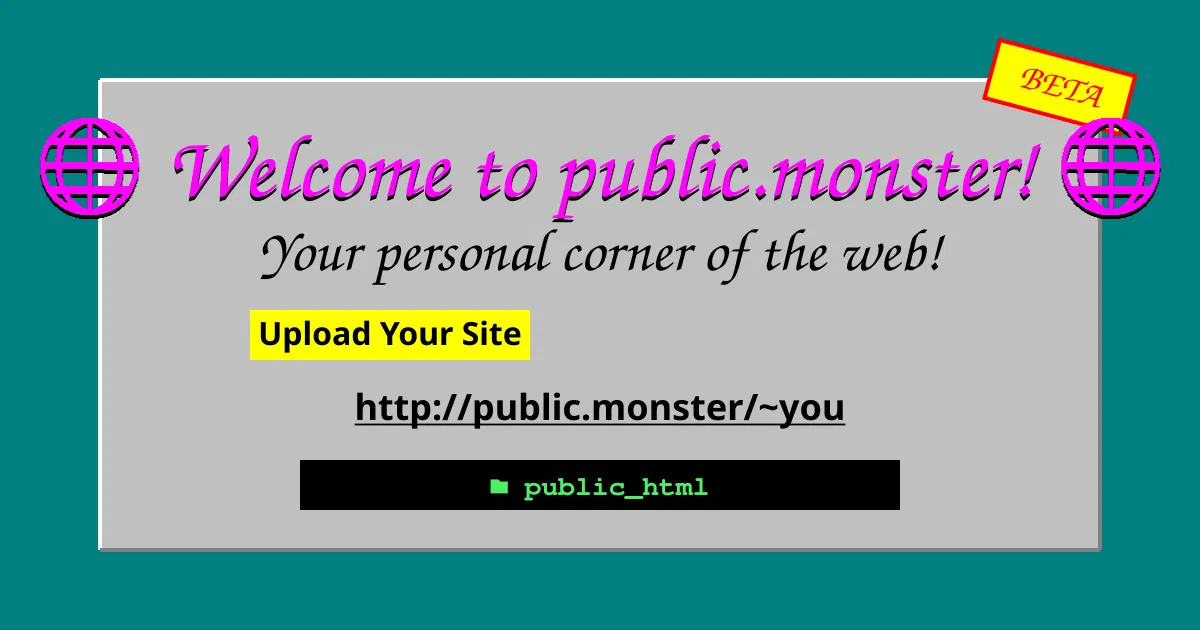




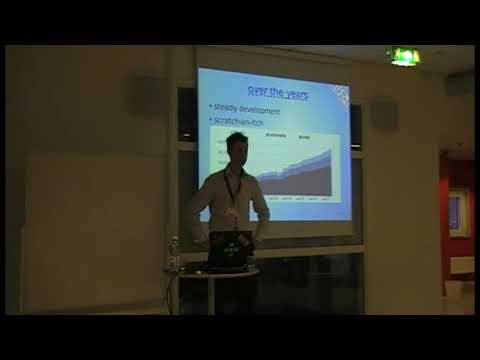
Bogomil Shopov - Бого
in reply to Tristan Nitot✓ • • •Disobey: FOSS tools to fight back! LinuxDays 2025
pretalx.linuxdays.czAlix Guillard
in reply to Bogomil Shopov - Бого • • •Bogomil Shopov - Бого
in reply to Alix Guillard • • •Tristan Nitot✓
in reply to Bogomil Shopov - Бого • • •Tristan Nitot✓
in reply to Tristan Nitot✓ • • •Bogomil Shopov - Бого
in reply to Tristan Nitot✓ • • •Alix Guillard
in reply to Bogomil Shopov - Бого • • •